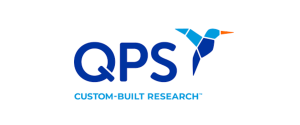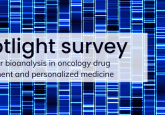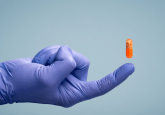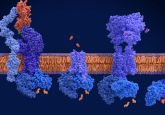How are pharmacology disease state models used for drug development?
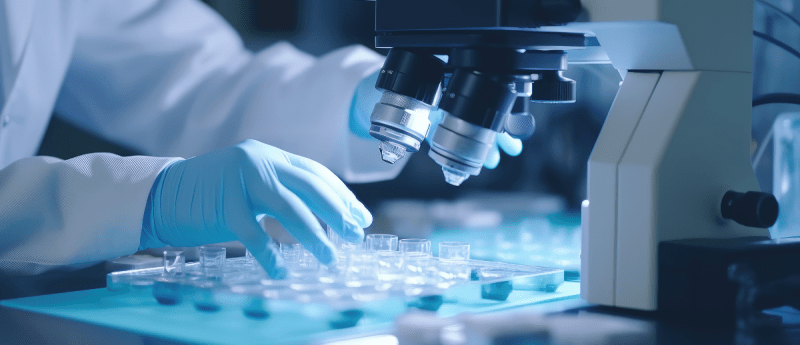
In this interview with Meiling Hou (QPS; Taipei, Taiwan), we explore pharmacology studies and their role in drug development. Meiling explores the challenges of creating pharmacology disease state models and provides her insights into how the field of pharmacology will evolve over the next few years.
 Mei-Ling Hou
Mei-Ling Hou
Pharmacology Manager
QPS Taiwan (Taipei, Taiwan)
Dr Hou is currently a Pharmacology Manager at QPS Taiwan. She is a veterinarian and has over 19 years of experience in the field of preclinical pharmacology studies. This includes including cell biology, DMPK, analytical chemistry, and animal disease models in oncology, immune-oncology, metabolic disease, infectious disease, inflammatory bowel disease, and neuroscience. Dr Hou also has experience in early safety and toxicity studies in rodents. Her expertise in preclinical pharmacology studies will strongly propel the growth and development of this new pharmacology service.
1. Can you briefly describe how pharmacology studies are used in drug development?
The main purposes of preclinical studies are to evaluate the mechanism of action, potency, efficacy and safety of a potential candidate before planning and starting a clinical trial. Pharmacology studies are designed to study the efficacy via in vitro and in vivo assays, which helps to select a drug candidate, while decreasing the risk and increasing the success rate of the next step of drug development.
2. What excites you the most about the advances in field of pharmacology over the next few years?
The path of new drug development is getting more diverse, from small molecules, large molecules and antibody−drug conjugates, to the most recent hot-topic gene and cell therapy products. Various pharmacology assays are applied to different mechanisms of action, modality or indication. The interesting part of pharmacology research is to choose the most suitable animal models for the potential drug candidate and then modify the design of the pharmacology studies accordingly. The right animal model selections and well-designed studies are critical for efficacy and safety evaluation. We are excited to collaborate across the broad range of services offered by other QPS departments to provide a full range of contract research organization services to support drug development. Keeping all the work under one cross-functional team, we can start from pharmacology studies to evaluate efficacy, followed by DMPK and toxicology studies. With the strong support of bioanalysis, we help sponsors to bring drug candidates into human trials.
3. What specific pharmacology disease state models has QPS established?
We have established inflammatory bowel disease, acute and chronic psoriasis, and wound healing in rodents, rabbits and minipigs. Early toxicity, pharmacokinetic and pharmacodynamic evaluation can be designed in these efficacy models by utilizing our well-established toxicology and bioanalysis capabilities. We also can work with the sponsor to establish customized animal models, from rodents to larger animals such as minipigs, upon request.
4. What new pharmacology models is QPS working to develop and when do you hope to have those models commercially available?
Several diet-induced non-alcoholic steatohepatitis models are currently being established. We expect to provide these additional services within the current year (2024). In addition, we are working hard to set up and establish additional models related to inflammation and those will be able to be available by the end of next year (2025).
5. What are the main challenges you are facing when developing those new models, and what steps are you taking to overcome those challenges?
The biggest challenge we face in preclinical drug development is how to translate preclinical results to clinical trials. The more we know about the drug candidate, the easier it is to select the right animal models for efficacy evaluation of the disease, and to monitor for any potential toxicity. To overcome these challenges, we keep our knowledge up-to-date by attending international conferences and reading the latest scientific publications. We also collaborate with many other departments across QPS and other research institutes to shorten the timelines to establish new pharmacology models.
6. Looking forward, what do you hope to achieve in the QPS pharmacology unit over the next 5 years?
Our goal is to further establish the pharmacology unit in QPS-Taiwan, by collaborating with the other QPS services teams. We will not only provide high quality animal models, but we will also provide professional consultation to support further development of QPS pharmacology services globally. In QPS-Taiwan, with the new pharmacology services department fully established, we can now provide full drug development services from the preclinical stage to bioanalysis and clinical trials. The QPS pharmacology unit will play a key role in the end-to-end process of drug development, driving the research forward into much needed new pharmaceutical products.
In association with

